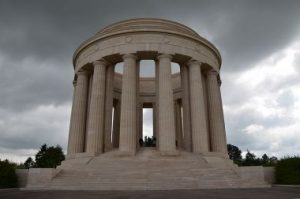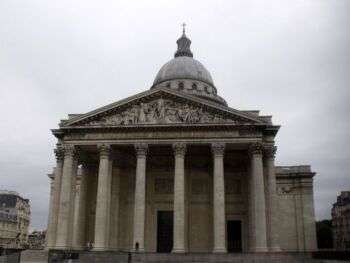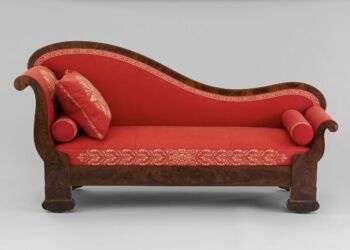Neo-classicism, which took inspiration from Ancient Greek and Roman Design, spread throughout Western countries for nearly a century.

Image source: https://search.creativecommons.org/photos/ecc3d556-c521-429e-b474-1f4c82707282 by Jorge Lascar
Neo-Classic Architecture
Neo-classical architecture is a revival of Classical architecture. The movement explored the logic of Classical volume and a tendency to reuse Classical features. Neo-classical architecture has the following characteristics:
- Grandeur of scale
- Simple geometrical forms
- Greek or Roman details
- Dramatic use of columns
- Blank walls

Image source: https://search.creativecommons.org/photos/c7db5816-d795-485a-a7ce-e3736e8e31a9 by Following Hadrian
The Pantheon, in Paris, was originally conceived as a monument for the French nation, as it is the church of Paris’s patron saint. It is Neo-classical because of these features:
- Classical forms fused with Gothic design, including concealed flying buttresses and relatively light stone vaulting.
- The Greek cross present in the piece. Originally, the walls had windows in each bay between the columns.

Image source: https://search.creativecommons.org/photos/323e067a-b866-4e05-b787-951c8816a293 by ell brown
The Brandenburg Gate is an 18th-century neoclassical monument in Berlin, and one of the most famous landmarks of Germany. It was built on the site of a former city gate used to mark the start of a road from Berlin to the city of Brandenburg. The project was made by Carl Gotthard Langhans and was finished between 1788 and 1791. It has twelve Doric columns, that form five passageways. On the top of the gate is a Quadriga, a chariot pulled by four horses. The new gate was originally called the Peace Gate and the goddess Eirene, who is depicted, symbolizes peace.

Image source: https://search.creativecommons.org/photos/569d0bc8-585e-4f76-b62d-c806001e790b by archer10 (Dennis)
Neo-Classic Interior Design

Neo-classical furniture tends to be rectangular and without curves. It features straight lines, with a logical order, and Rococò furniture influence. Ornamentation is sometimes detailed and rich, but is always abundant. There is an important use of painting, light carving relief, and marquetry. Mahogany is the most often present, yet sometimes satinwood was present in this style.

Info source:
